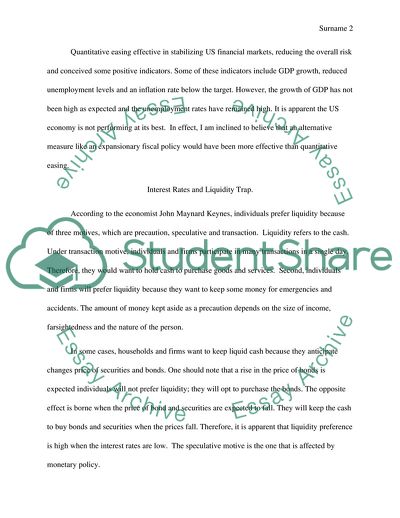Cite this document
(Economic Impact of Quantitative Easing in the United States Admission/Application Essay, n.d.)
Economic Impact of Quantitative Easing in the United States Admission/Application Essay. https://studentshare.org/macro-microeconomics/1851610-economic-impact-of-quantitative-easing-in-the-united-states
Economic Impact of Quantitative Easing in the United States Admission/Application Essay. https://studentshare.org/macro-microeconomics/1851610-economic-impact-of-quantitative-easing-in-the-united-states
(Economic Impact of Quantitative Easing in the United States Admission/Application Essay)
Economic Impact of Quantitative Easing in the United States Admission/Application Essay. https://studentshare.org/macro-microeconomics/1851610-economic-impact-of-quantitative-easing-in-the-united-states.
Economic Impact of Quantitative Easing in the United States Admission/Application Essay. https://studentshare.org/macro-microeconomics/1851610-economic-impact-of-quantitative-easing-in-the-united-states.
“Economic Impact of Quantitative Easing in the United States Admission/Application Essay”. https://studentshare.org/macro-microeconomics/1851610-economic-impact-of-quantitative-easing-in-the-united-states.


